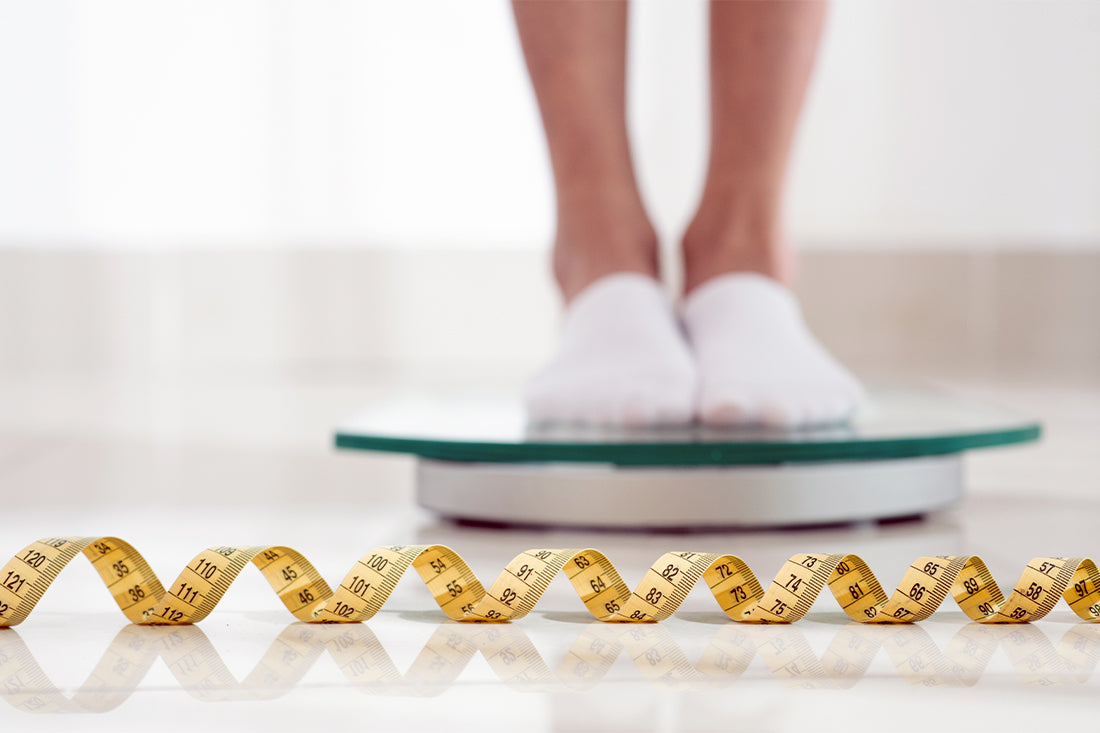For years, Body Mass Index (BMI) has been the standard tool used to measure whether a person is underweight, normal weight, overweight, or obese. It’s a quick calculation using height and weight, and many health professionals still rely on it. But in recent years, experts have started questioning whether BMI tells the full story.
This is where the Body Roundness Index (BRI) comes in. BRI considers more than just weight and height — it includes measurements like waist circumference and hip circumference to better reflect fat distribution and body composition.
So, is body roundness index more useful than body mass index? Let’s break it down in simple terms.
What Is Body Mass Index (BMI)?
BMI is a number calculated by dividing a person’s weight (in kilograms) by their height (in meters squared). It has been widely used to classify people into weight categories:
- Underweight: BMI below 18.5
- Normal weight: BMI 18.5–24.9
- Overweight: BMI 25–29.9
- Obese: BMI 30 or higher
BMI is easy to calculate, and that’s part of why it’s so popular. But it has its flaws — one big one is that it doesn’t take into account muscle mass, fat distribution, or body shape. A muscular athlete, for example, might have a high BMI but very little body fat.
The Limitations of BMI
BMI can give a rough idea of body size, but it often misses the details that matter most. Here’s why BMI doesn’t always work well:
-
Doesn’t Measure Fat Distribution:
BMI doesn’t show where fat is stored in the body. And where fat is located — especially around the waist — can play a big role in certain health conditions. -
Ignores Muscle Mass:
BMI treats all weight the same, whether it's fat or muscle. That means people with more muscle mass might be classified as overweight, even if they’re in great shape. -
Doesn’t Consider Body Composition:
Two people with the same BMI could look completely different. One may have higher fat levels, while the other has more lean muscle. BMI doesn’t account for that difference.
What Is Body Roundness Index (BRI)?
Body Roundness Index (BRI) is a newer tool that aims to fix some of the problems found in BMI. It uses waist circumference, height, and sometimes hip circumference to estimate a person’s body shape and fat distribution.
The idea behind BRI is simple: instead of just measuring how heavy you are, it looks at how your fat is shaped around your body — especially your midsection. This gives a better picture of the internal fat around your organs, which is more closely linked to certain health issues.
How BRI Works
BRI uses a mathematical formula based on waist size and height. Some versions also include hip circumference. The result is a number that reflects how “round” your body is — not just how much it weighs.
Here’s what BRI helps reveal:
- Fat Distribution: BRI focuses on fat stored in the abdomen, which can be more relevant to certain discomforts than fat stored elsewhere.
- Risk Awareness: A higher BRI often suggests a higher risk of certain health challenges, especially those tied to body fat in the belly area.
- Better Insights: Because it uses more body measurements, BRI can offer more accurate insight into someone’s overall health than BMI.
Why Fat Distribution Matters
Fat distribution is a key factor when thinking about health. Fat stored around the belly (also called visceral fat) is different from fat stored on the hips or thighs. Belly fat tends to sit closer to the organs and is often linked to various health discomforts.
People with a normal BMI can still carry too much fat around the waist, which won’t show up in the BMI number but will show up in the BRI. That’s why waist circumference is a critical measure — and why BRI could be a more useful tool.
Why This Matters for Everyday People
If you’re just trying to understand your body better or make small lifestyle changes, using both BMI and BRI together might give you the best view.
- BMI can help track basic weight status.
- BRI adds extra layers by showing fat distribution and body shape, which are often missed by BMI alone.
For people who work out often, or those who are trying to understand how fat is stored in their body, BRI might be more helpful.
Should You Stop Using BMI?
Not necessarily. BMI is still a useful tool for quick assessments, especially in large groups or clinical settings. But if you want a better understanding of your personal body composition, especially related to your waist area, BRI can provide more meaningful insights.
Conclusion
Body Mass Index (BMI) has long been used as a simple tool to categorize weight. But it doesn’t tell the whole story. It doesn’t consider muscle mass, body composition, or fat distribution — all of which play a big role in your overall health.
On the other hand, the Body Roundness Index (BRI) looks beyond just height and weight. By including waist circumference and body shape, BRI gives you a clearer picture of your health related to body fat and its location.
While BMI is still useful, BRI can help you get a more accurate idea of where you stand. Especially if you're focused on how your body is shaped and where fat is stored, BRI might be the better choice.
In the end, understanding both measurements can help you make smarter, more personalized health decisions.






